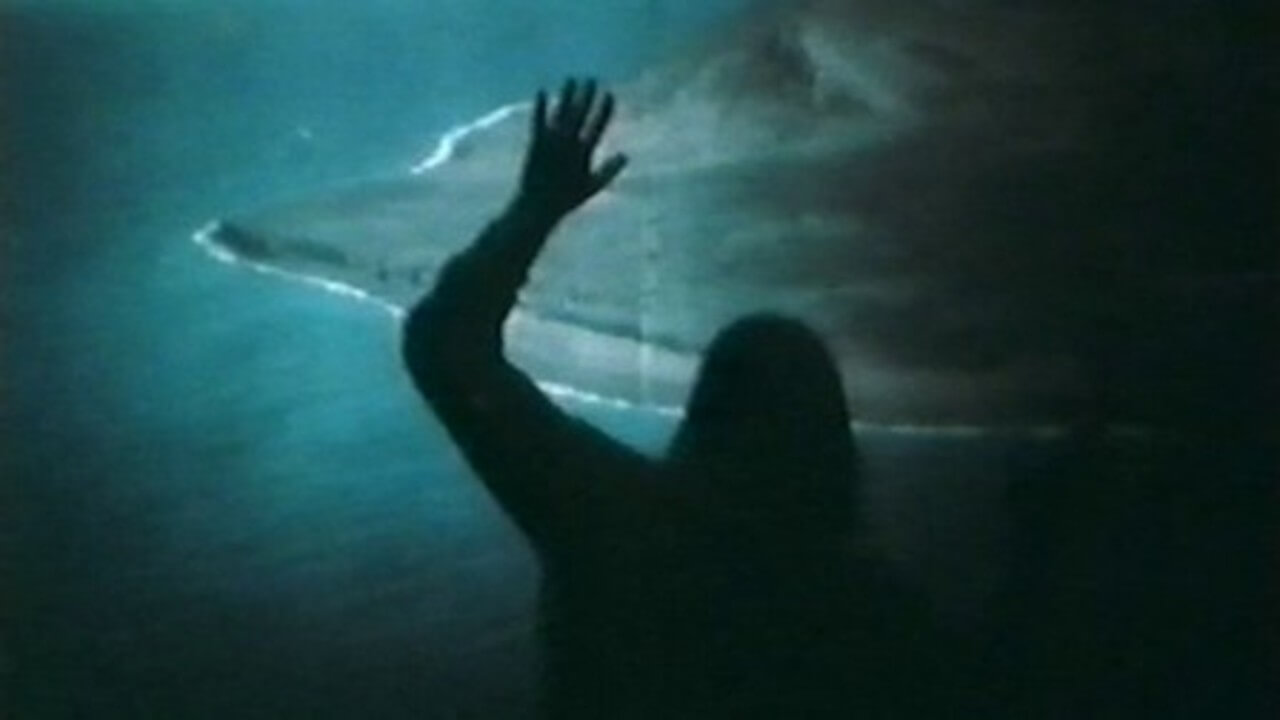Windows of the Soul: The Mysterious Experimental Films of German Artist Dore O., at the Spectacle
Eyes Step: The Infernal Tangos of Dore O.
February at the Spectacle Theatre
After a triumphant fundraising run, a facelift, and a soft re-opening, Spectacle Theatre returns with prime new programming in the form of a rare gem: New York City’s first ever retrospective of the little-known German avant-garde artist and filmmaker Dore O.
Dore O.’s films defy categorization, genre, and in some cases, even basic description.
Engaging in a wide range of film manipulations (numerous exposures, double-impositions, abrasive cuts, inexplicable other varietals), O. introduces us to a world of intimacy (family portraits, ethereal landscapes, architectural meanderings), only to hold it at arm’s length from us. Our visual perceptions are constantly challenged with imagery that continuously overlaps, intertwines, refracts, and implodes. Narrative is generally intangible; however, specific motifs repeat themselves throughout many of the films, slowly unveiling the poetic ensemble at hand: disparate figures, boundless environments, and domestic interiors entered through, or barred by, doors and windows.
Attributions of sound act as a further tethering point to many of Dore O.’s films. Monotonous, guttural, certainly repetitious, sometimes on the verge of cringe-worthy, the scores of Dore O.’s films reek of the most onerous Krautrock. Vivacious strumming of the darkest strings reverberates grittily on a constant rolling pitch as the artist is seen mysteriously floating over crashing waves in Alaska. High-pitched groans scream and scratch from some unseen mechanized beast, further raising tensions of an awkward family introspection in Lawale. Quickly paced rhythmic drumming sets the momentum for rapidly cut images of a woman swinging back and forth in the earliest film here, Jum-Jum.
Kaskara’s score consists only of voices uttering three different overlapping vowel sounds, “eh-ee-oo,” as if the most minimal vocal passage from Einstein on the Beach was on Quaalude. The ghostly murmuring sets a haunting, hypnotic stage for the phantasmal imagery we encounter, revolving around a specter-like man at a rural cabin. Through double exposures and multiple images, we voyeuristically view the man, often seeing multiples of him at once, often through a window or a door. But are we looking through the windows, or at their reflections? At a certain point in the film there are so many overlapping images, it’s as if we’re looking at a kaleidoscope of refracting windows. Occasionally images shift to a washed-out sepia: groups of kids dancing, cityscapes, flooded rivers. Are these memories? Is what we’re viewing a representation of subconscious fear, and if so, from who’s perception? Have we the viewer been placed in the shoes of the filmmaker who may be longing to be closer to this man? Essentially, time and space are confounded, and peripheral questions of personal sentiment are subdued. The viewer is left to reevaluate his or her own perception of space, in an experience more akin to encountering multiple Robert Smithson mirror sculptures than a night at the cinema.
Frozen Flashes differs from the rest of the films on view as it is completely silent. Furthermore, it is constructed entirely out of still images—but each image is exposed multiple times with varying flashing strobes, bringing it to an electric pulsating life. Figures are often seen with their backs turned, or cropped under the head, nonplussed, even seemingly sedated, occasionally interacting, often staring through a window, at a window, or at the window’s reflection. The attention with which Dore O. honors these apparitions begs the details of their intertwining intimacies, even as the window of the film frame keeps us at bay from this cryptic historical exhumation. The window, in many of these films, seems to simultaneously imply an invitation, a barrier, a self-reflection of the filmmaker, and a summoning of the viewer to constantly reevaluate every encounter within the film and thereafter.
The ultimate bonus of this retrospective is certainly the 16mm screening of 1971’s Kaldalon. It’s a travelogue of sorts, and perhaps quite personal to the filmmaker, as in the opening minutes we witness a figure, back turned to the camera, almost caressing a projection of the frozen tundra where escapades of discovery are to take place. But the viewer is, again, not to get too close. While we witness Dore O. and her crew dancing, embracing, rolling in sleeping bags, even flashing a breast, or simply traversing the earth, our inclusion is restrained by filmmaking itself. We’re either observing from the sky, or looking through double exposures or double images, images converging on a center line, abruptly cutting or vanishing. In the end, Dore O. and her crew are simply vaporous stand-ins within a majestic landscape, and we, the viewers, are satiated by the lyrical experience of moving images. We are never to see quite straight in the films of Dore O., but we may walk away feeling as if we’ve seen anew.
You might also like 






















